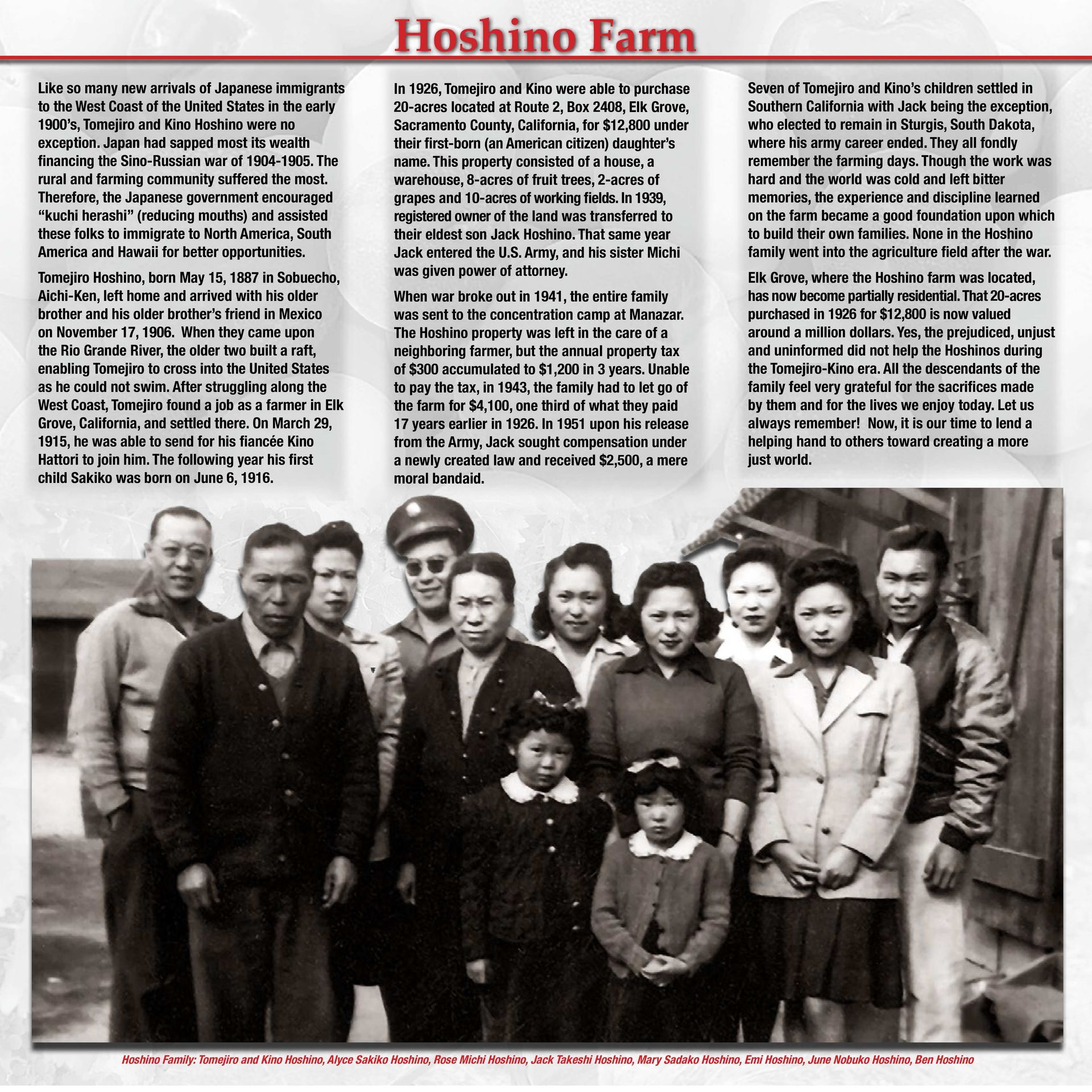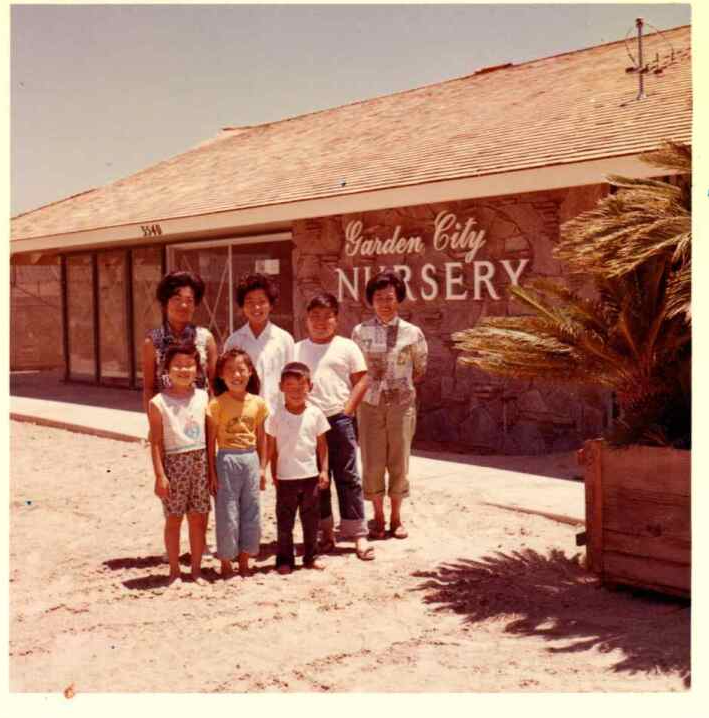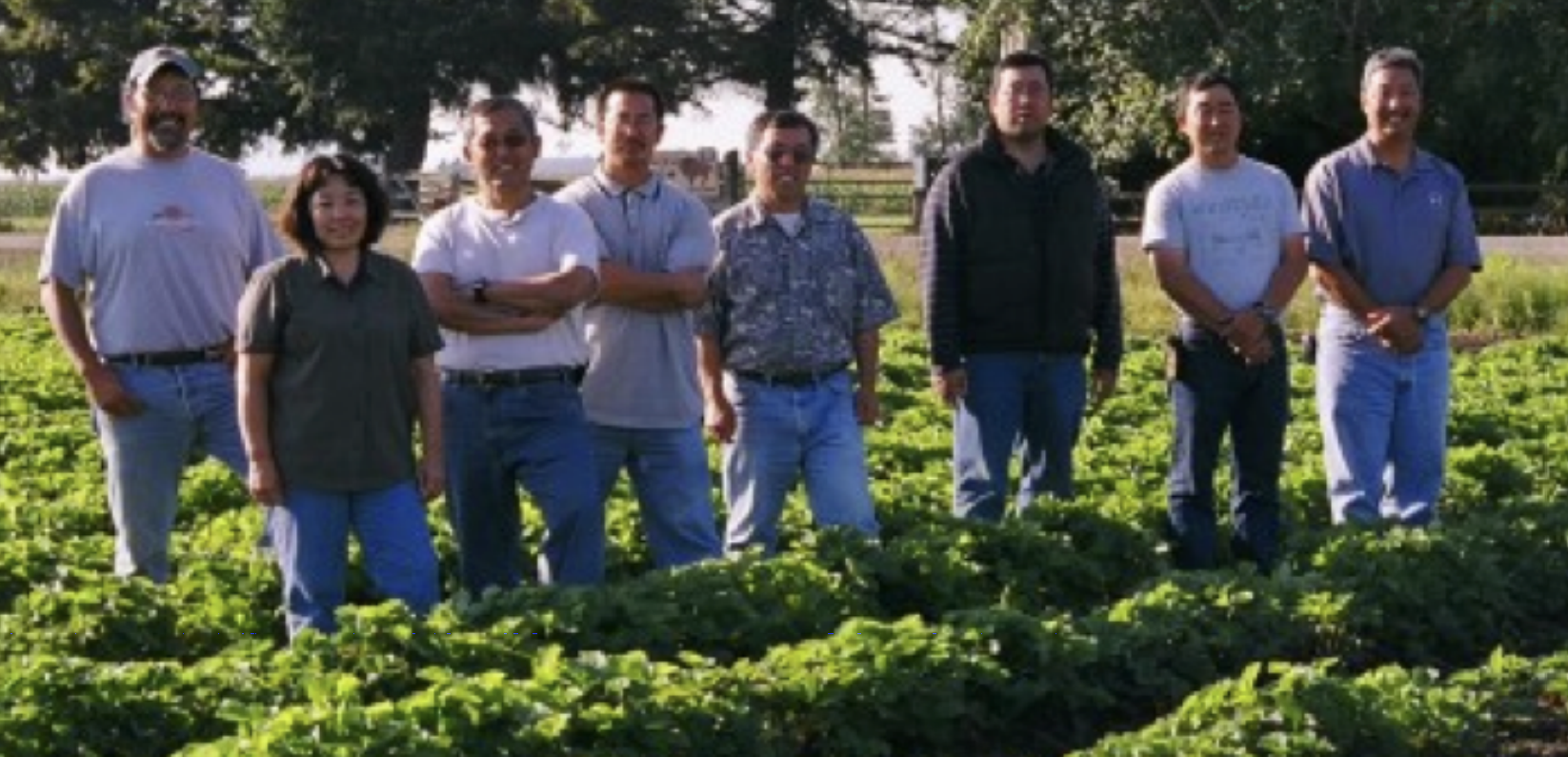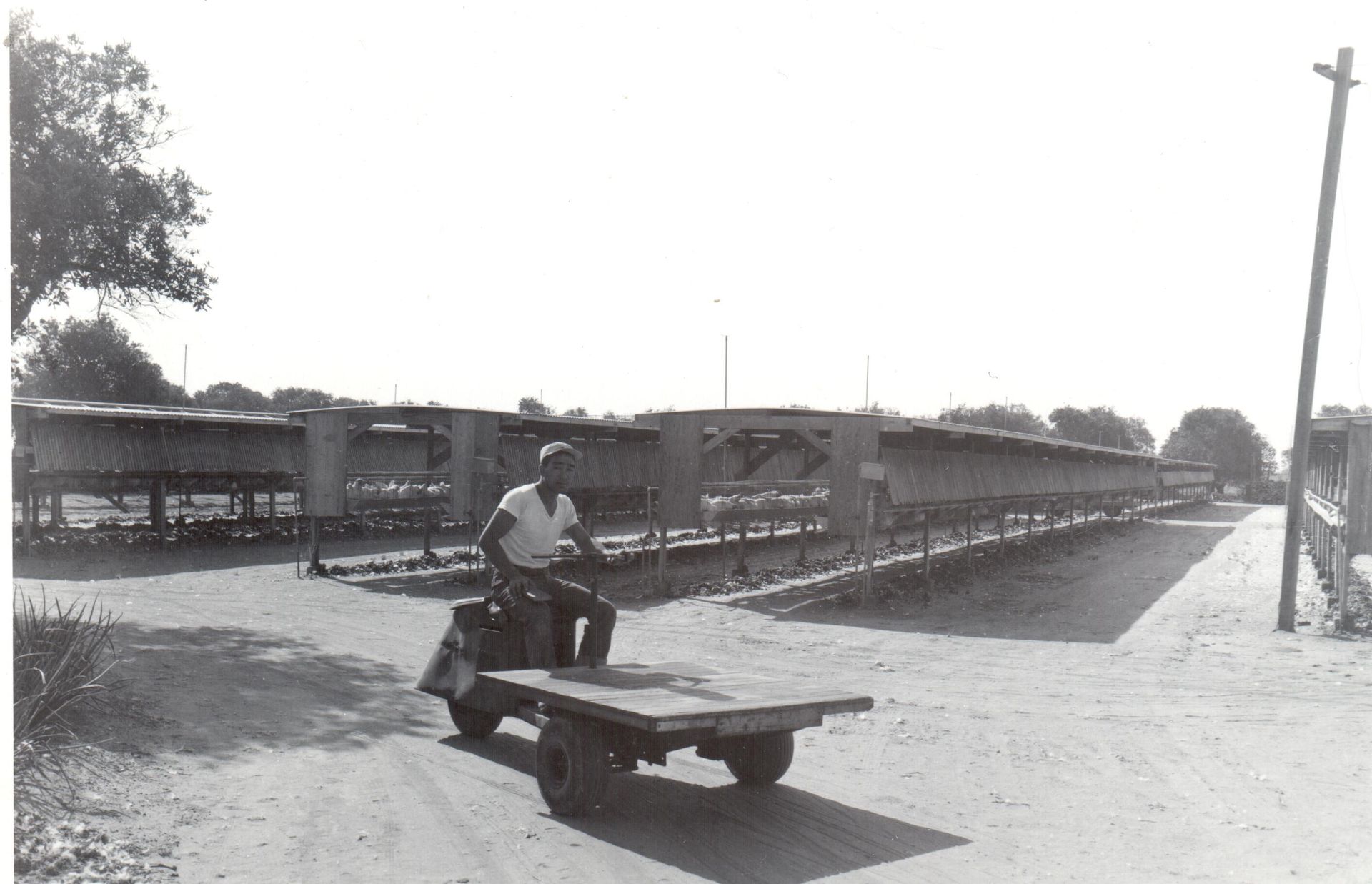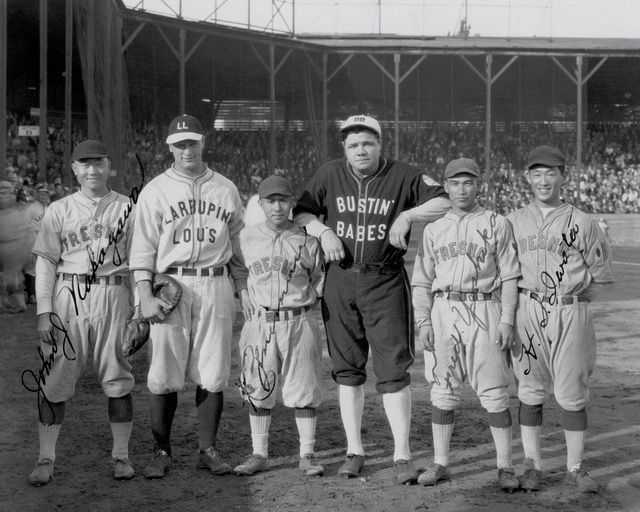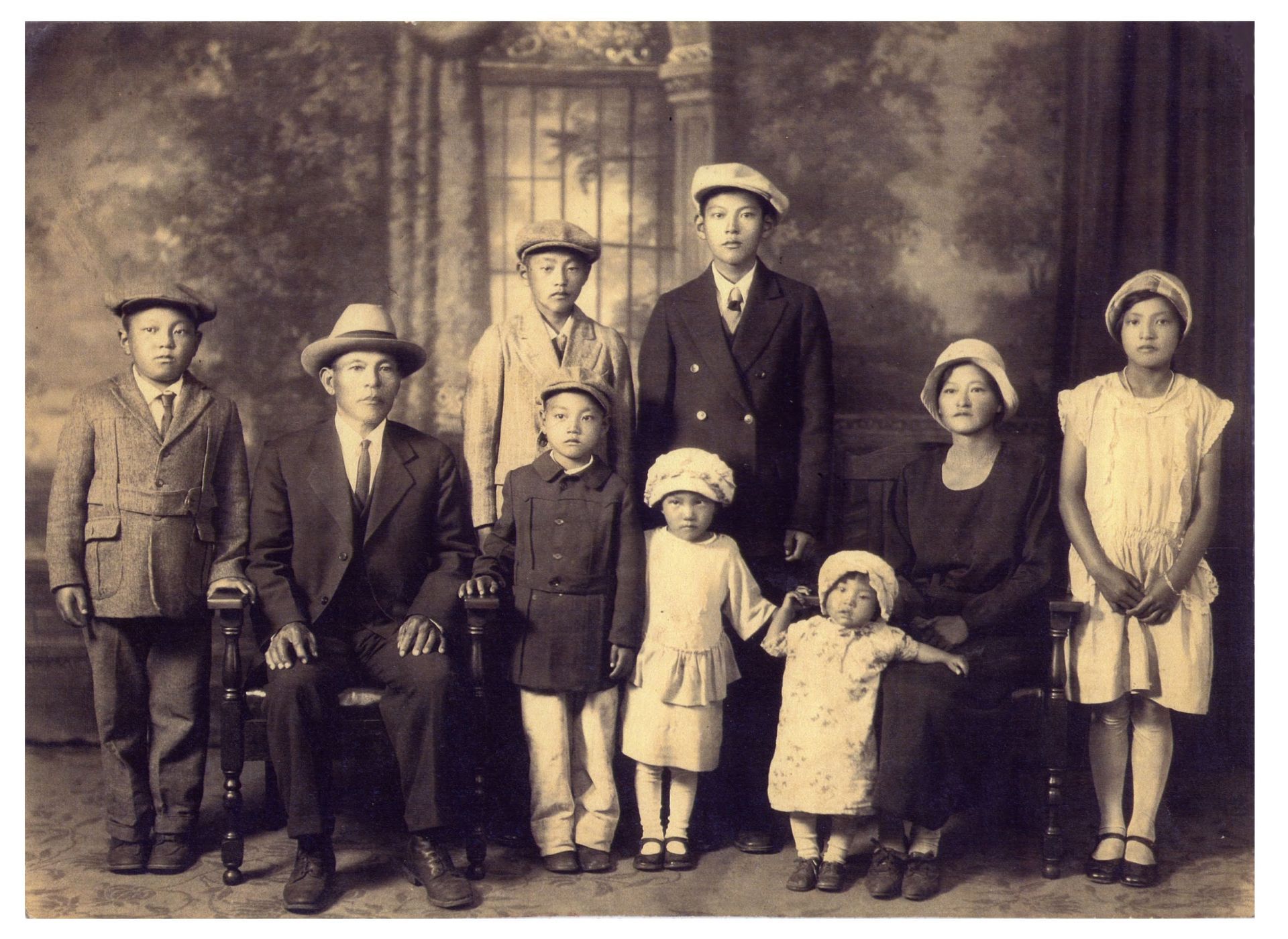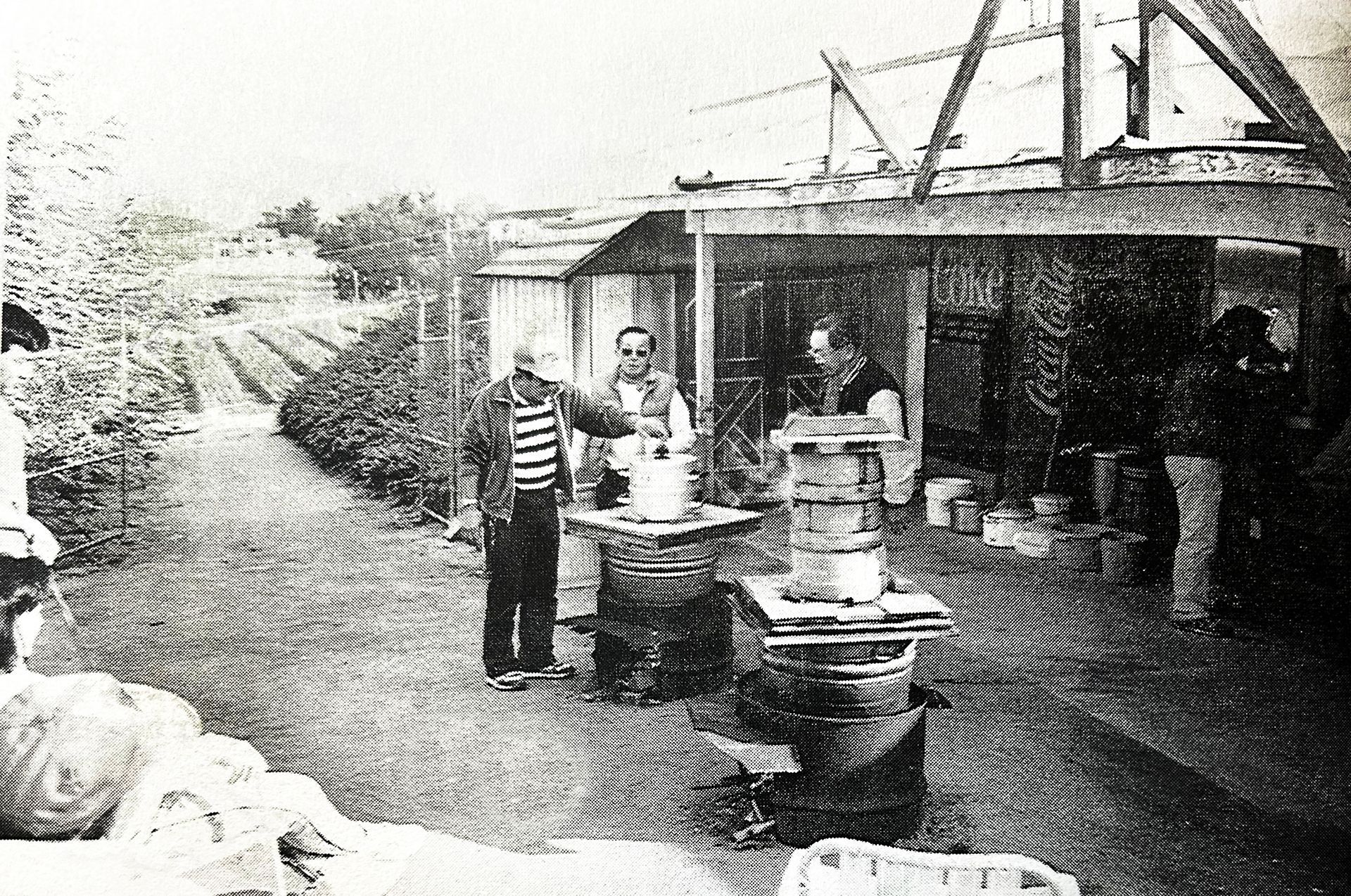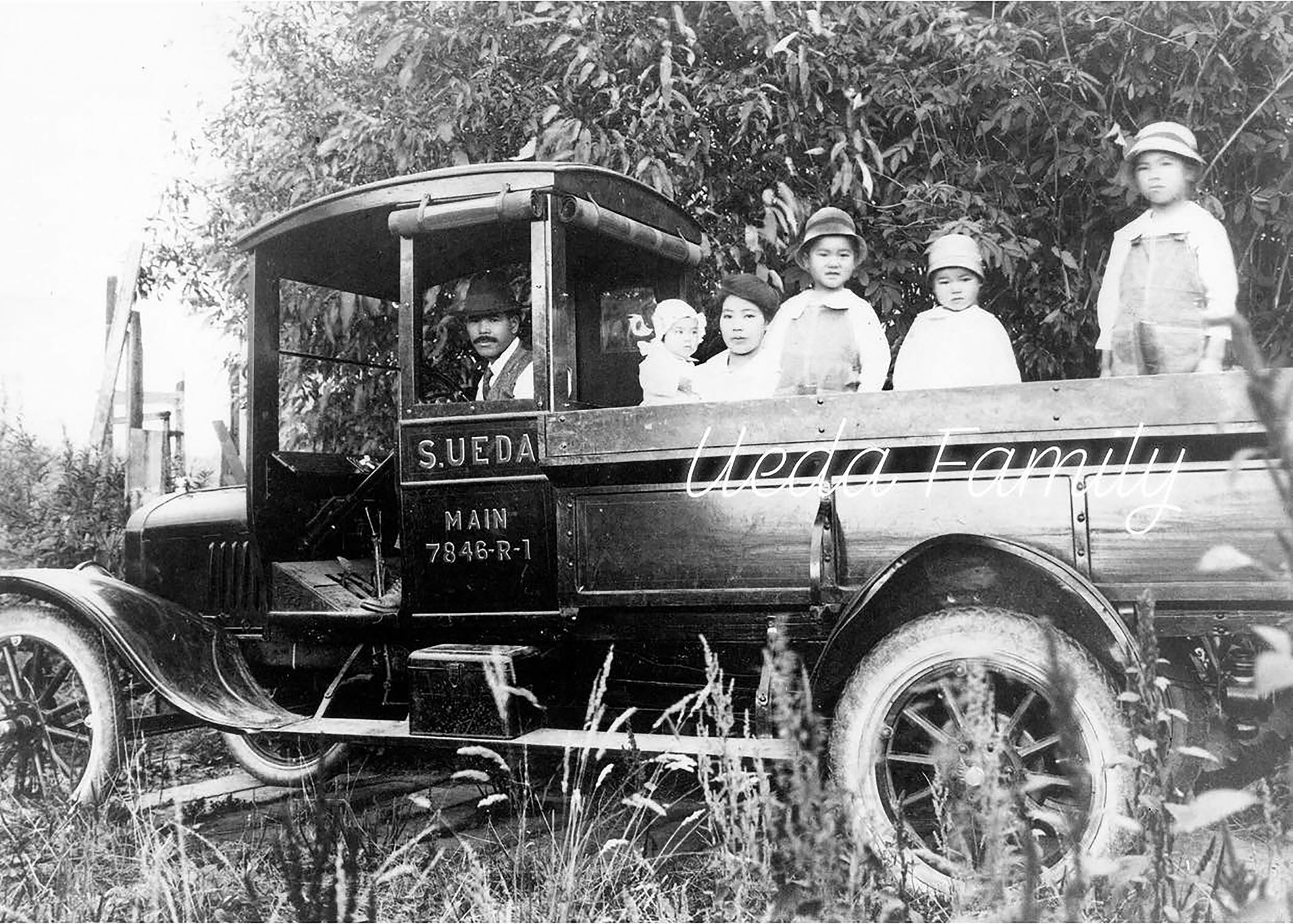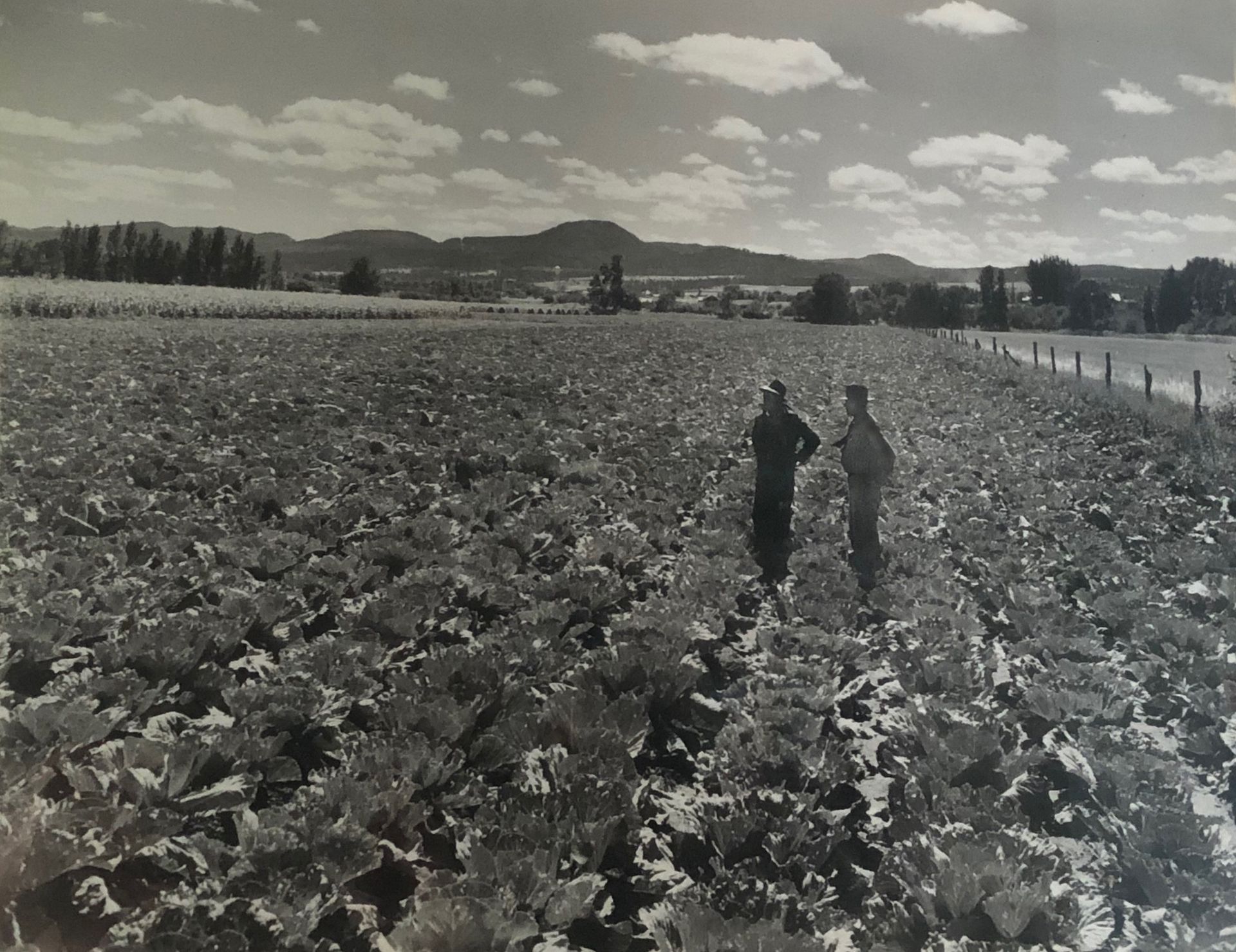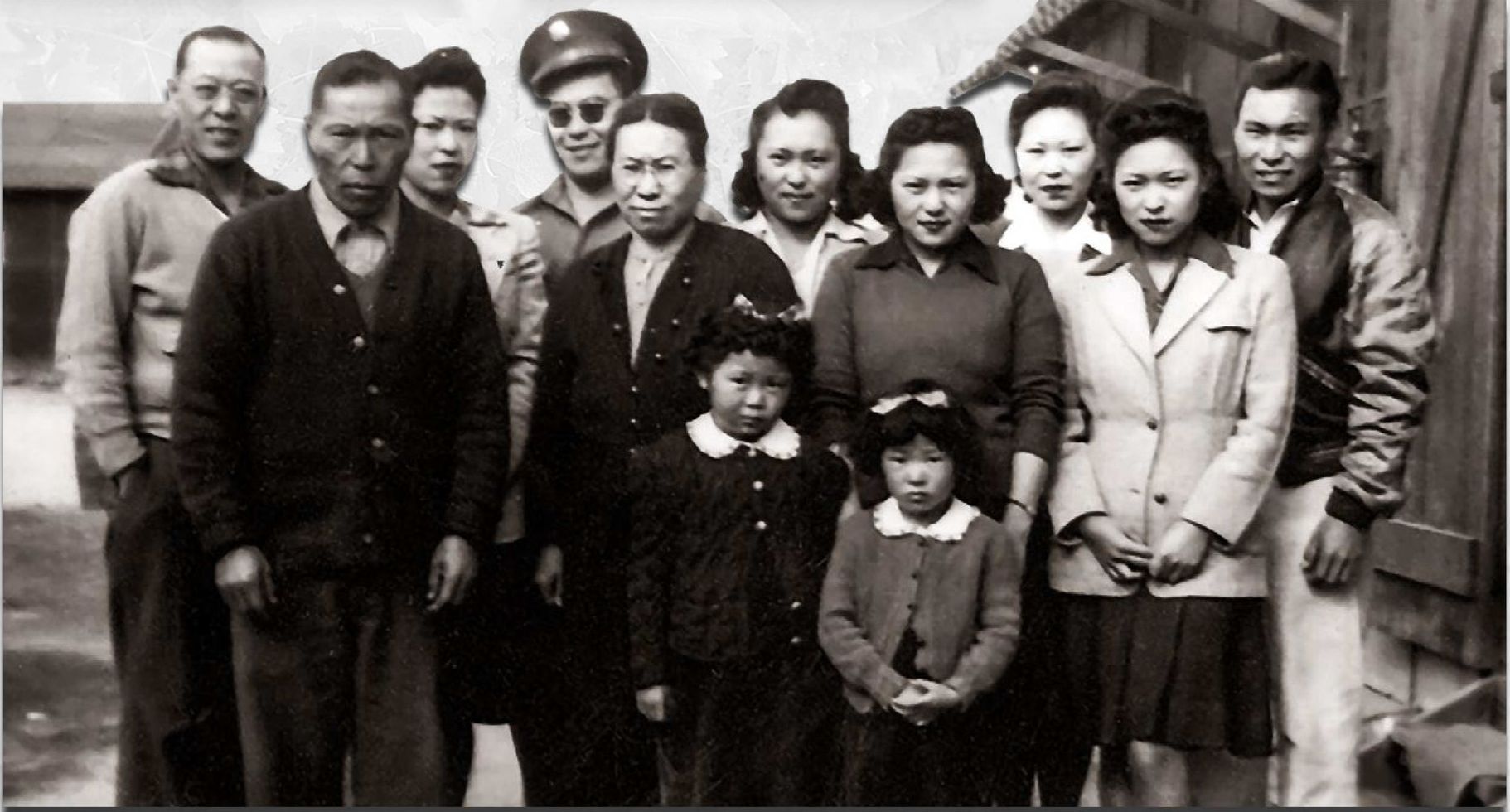Hoshino Farm
Like so many new arrivals of Japanese immigrants to the West Coast of the United States in the early 1900’s, Tomejiro and Kino Hoshino were no exception. Japan had sapped most its wealth financing the Sino-Russian war of 1904-1905. The rural and farming community suffered the most. Therefore, the Japanese government encouraged “kuchi herashi” (reducing mouths) and assisted these folks to immigrate to North America, South America and Hawaii for better opportunities.
Tomejiro Hoshino, born 5/15/1887 in Sobue-cho, Aichi-Ken, left home and arrived with his older brother and his older brother’s friend in Mexico on 11/17/1906. When they came upon the Rio Grande River, the older two built a raft, enabling Tomejiro to cross into the United States as he could not swim. After struggling along the West Coast, Tomejiro found a job as a farmer in Elk Grove, California, and settled there. On 3/29/1915, he was able to send for his fiancee Kino Hattori to join him. The following year his first child Sakiko was born on 6/6/1916.
In 1926, Tomejiro and Kino were able to purchase 20 acres located at Route 2, Box 2408, Elk Grove, Sacramento County, California, for $12,800 under their first-born daughter’s name (American citizen). This property consisted of a house, a warehouse, 8 acres of fruit trees, 2 acres of grapes and 10 acres of working fields. In 1939, registered owner of the land was transferred to their eldest son Jack Hoshino. That same year Jack entered the U.S. Army, and his sister Michi was given power of attorney.
When war broke out in 1941, the entire family was sent to the concentration camp at Manzanar. The Hoshino property was left in the care of a neighboring farmer, but the annual property tax of $300 accumulated to $1,200 in 3 years. Unable to pay the tax, in 1943, the family had to let go of the farm for $4,100, one third of what they paid 17 years earlier in 1926. In 1951 upon his release from the Army, Jack sought compensation under a newly created law and received $2,500, a mere moral bandaid.
Seven of Tomejiro and Kino’s children settled in Southern California with Jack being the exception, who elected to remain in Sturgis, South Dakota, where his army career ended. They all fondly remember the farming days. Though the work was hard and the world was cold and left bitter memories, the experience and discipline learned on the farm became a good foundation upon which to build their own families. None in the Hoshino family went into the agriculture field after the war.
Elk Grove, where the Hoshino farm was located, has now become partially residential. That 20 acres purchased in 1926 for $12,800 is now valued around a million dollars. Yes, the prejudiced, unjust and uninformed did not help the Hoshinos during the Tomejiro-Kino era. All the descendants of the family feel very grateful for the sacrifices made by them and for the lives we enjoy today. Let us always remember! Now, it is our time to lend a helping hand to others toward creating a more just world.
Hoshino Family: Tomejiro and Kino Hoshino, Alyce Sakiko Hoshino, Rose Michi Hoshino, Jack Takeshi Hoshino,
Mary Sadako Hoshino, Emi Hoshino, June Nobuko Hoshino, Ben Hoshino
